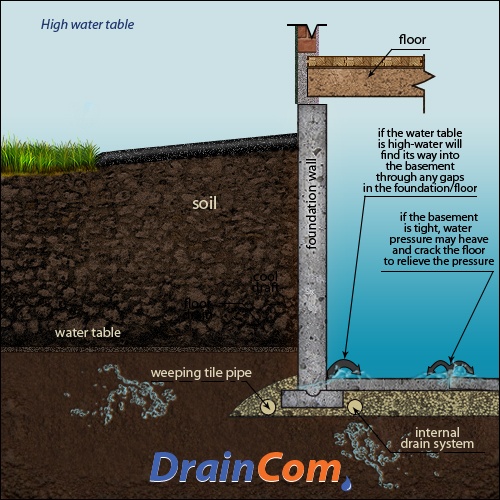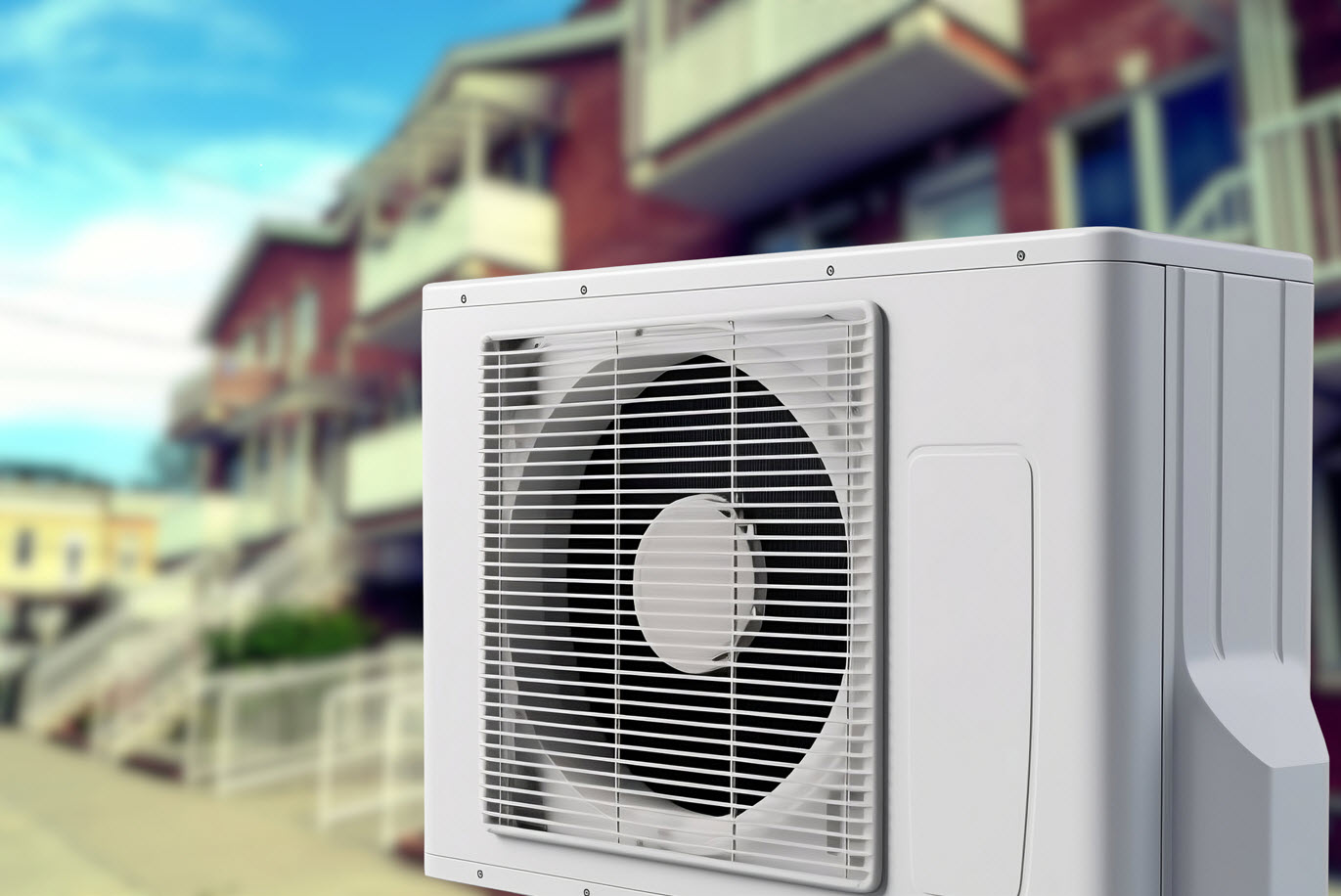What if you could make a real difference in combating climate change without even leaving your house? Your home holds the key to significant emissions reductions, and you have the power to unlock them.
We asked an expert to share some practical tips about home upgrades, working with contractors during renovations and how to transition your home away from fossil fuels like natural gas or propane. And good news, it’s not as complex as you may think.
Sarah Grant, co-founder of Goldfinch Energy, a Toronto-based business dedicated to helping Canadians reduce their homes’ reliance on fossil fuels, offers energy audits, heat pump sizing, clean tech roadmaps and green renovation support services.
In 2023, Goldfinch helped over 500 homeowners take flight towards more energy-efficient homes. Of those, 83 installed heat pumps and 34 transitioned completely away from gas.

Before you begin your renovation
Grant says that the first step for homeowners is to conduct an energy audit to understand where their home is losing heat or if it has structural or water-related issues.
- An energy audit can find air leaks that allow heat to escape your home, and identify the level of insulation that exists behind your walls and in your attic. There are various insulation materials available, but an energy advisor, like Grant, can help you choose the right one for your home.
“If you’re considering replacing the siding on your house, add an air barrier like a house wrap at the same time. It’s a material that’s like wrapping your house in a big windbreaker,” says Grant. “An air barrier can have a significant impact on your home’s energy efficiency and improve your overall comfort.”
- Basements can often be below the water table and can account for 25 per cent of a home’s heat loss. In addition, moisture that seeps through your home’s concrete foundation can lead to unhealthy conditions for your home and for you. Before finishing a basement it's important to first deal with water issues. That may involve waterproofing, a sump pump and being mindful of using insulation materials that are vapour-open (so moisture doesn't get trapped in the walls).

“Going another step further in your basement could involve doing a little bit more around what's called the rim joist,” says Grant. “If your basement is unfinished, you can usually see where the ceiling joists meet the walls. Those are often a huge source of air leakage and there's a lot that can be done to reduce leakage there.”
With those items identified, and understanding what types of other home renovations and big purchases you’re considering, it’s time to make a cleantech roadmap, says Grant. She describes the roadmap as a tool that builds on the energy audit by providing a detailed plan. This roadmap outlines recommended renovations, strategies for air sealing, and suggested equipment replacement (such as heat pumps) along with contractor recommendations.
Grant emphasizes that the roadmap is flexible, accommodating homeowners' varying budgets and timelines. It helps prioritize renovations and big purchases over time, ensuring that homeowners’ can make meaningful changes to their homes at a pace that suits their circumstances.

Working with contractors
“When the co-founder of Goldfinch Energy's furnace died, she asked her contractor about replacing it with a heat pump, and she was laughed at,” says Grant. “She ended up choosing an oversized, gas-guzzling furnace to heat her home, but she knew she could have done better.”
Working with the right contractor who understands your goals and today’s technology, whether it be a heat pump, electric vehicle charging system, solar install or how to get your house off fossil fuels altogether is critical.
“With the right contractor, replacing a furnace with a heat pump is no more or less complicated,” says Grant. “And if you’re looking to get your home all the way off natural gas - whether it’s your water heater or stove, spend the time to find a contractor to support you. Some contractors may recommend a hybrid system with electric and gas, but it’s not necessary, and a bit of a lost opportunity, in my opinion.”
Finally, call around, get detailed quotes, and before you agree to a costly electrical serviceupgrade, be sure one is truly necessary. While new homes often have 200-amp service, even an older home’s 100-amp service could be sufficient, depending on your plan.
“If you end up realizing that you're on the cusp of maximizing your service, and you may need an upgrade, you could install a smart switch instead,” says Grant. “It’s a network-connected device that gives you control over your home’s energy usage and allows you to essentially stay under the threshold of your home’s electrical panel, enabling you to avoid a service upgrade and also get some really cool data about your electricity consumption.”

Transitioning your home away from fossil fuels
Some big ticket purchases may require foresight and planning for the future. Grant notes that many homeowners return to her over the years for further assistance as they continue to complete their decarbonization projects and roadmaps.
The top threeways to transition your home away from fossil fuels are replacing your home heating, water heating and your cooking appliance (gas stove). As a general rule, home heating accounts for 80 per cent of your household emissions, with water approximately 20 per cent. Removing fossil fuels from your home will make your air healthier, too.
“Obviously getting our homes off of fossil fuel sources is the goal and those are the best ways to do it,” says Grant. “If you’re someone who is interested in doing what you can to reduce your carbon footprint, I’d first recommend installing a heat pump and adding insulation to prevent heat loss.”
Grant acknowledges that renewable generation, typically solar or energy storage, is exciting for many of her clients, but she would recommend first doing what you can to reduce heat loss and getting your home off fossil fuels.
“Solar panels are a fantastic complement and primarily help reduce provincial emissions during on-peak times when the province runs its gas peaker plants,” says Grant. “But I would prioritize electrifying everything in your house as much as possible first, and if you’re lucky enough to have money left over for solar and storage, that’s great as well.”
In addition to giving you some control over your electricity costs, one of the other benefits to adding solar and battery storage to your plan is that it can provide a clean power source during outages, in which case, it’s a cleaner option than a gas generator.
Opportunities and the future to get Canadians off fossil fuels
Moving as many Canadian homes off fossil fuels will go a long way to hitting Canada’s climate goals, but what will it take to speed up the process and make it achievable for more Canadians to participate?
“If I had a magic wand, I would definitely like to see more incentives and more zero-interest financing,” says Grant. “There’s a lot of encouraging action happening in the low-income social housing space in Toronto that I believe will provide us with the opportunity to accelerate and prove scalability.”
Grant goes on to say that more policies and support levers are needed, as well as training within the contractor industry to support the shift away from fossil fuels.
“There’s a lot of work that needs to happen in order for us to achieve our net-zero goals, but it's a big, big, exciting problem with lots of opportunity,” she says. “But I have always been interested in big, big problems that the world is facing.”
With expert guidance and careful planning, Grant proves that reducing your home's emissions is achievable in practical steps. For more inspiration and a deeper dive into the strategies discussed here, listen to the full ThinkEnergy podcast episode featuring Sarah Grant.
Considering a loan?
- Canada Greener Homes Loan offers interest-free financing up to $40,000 to help Canadians make their homes more energy efficient and comfortable.
- Better Homes Ottawa offers Ottawa homeowners low-interest loans up to $125,000.
- Enbridge offers homeowners who heat with gas rebates of up to $5,000 with their Home Efficiency Rebate Program.